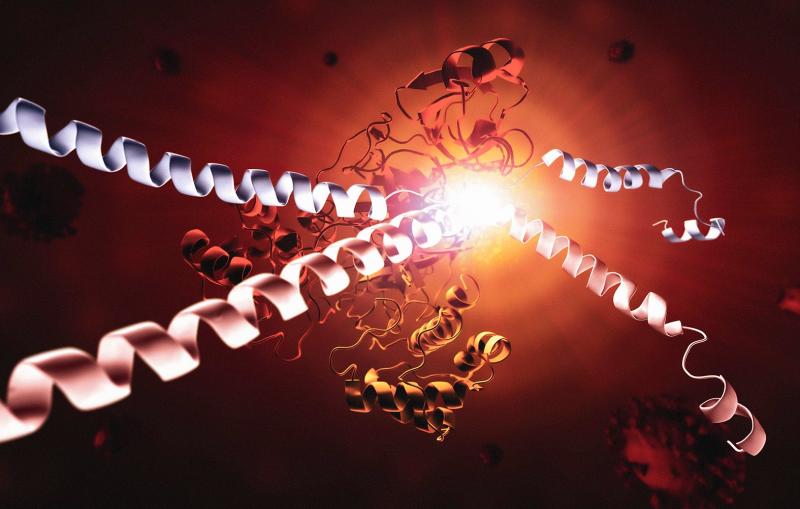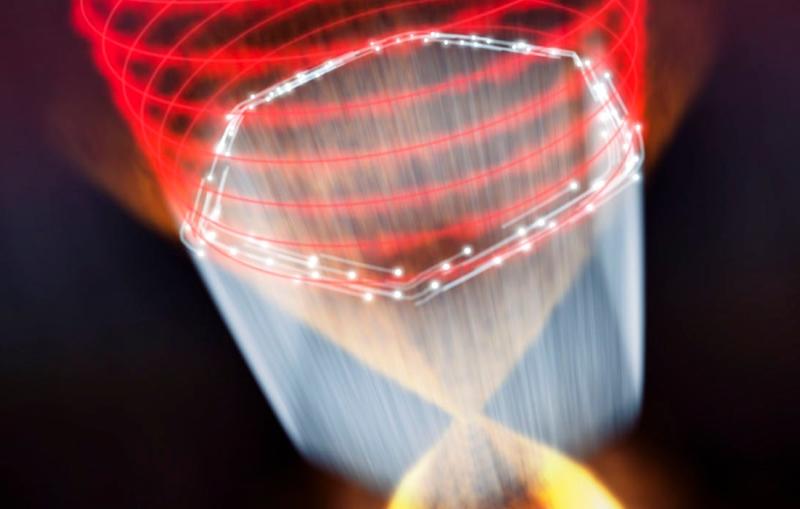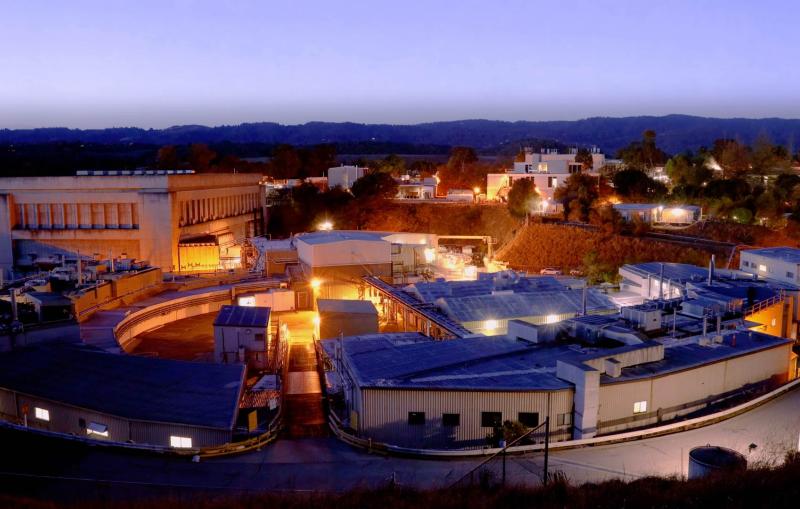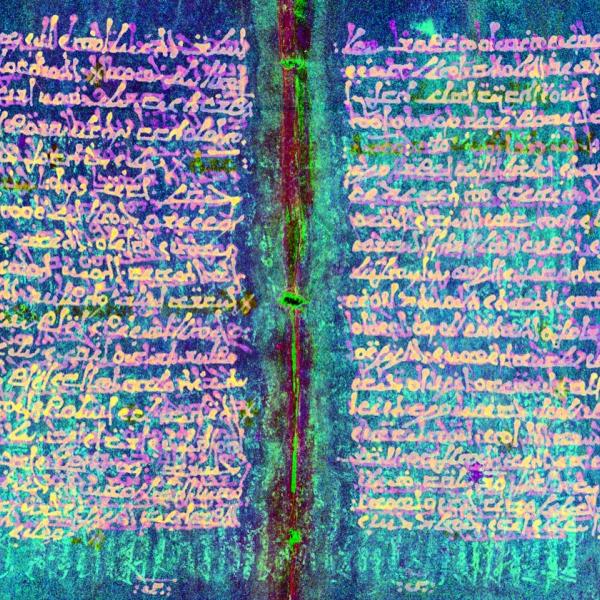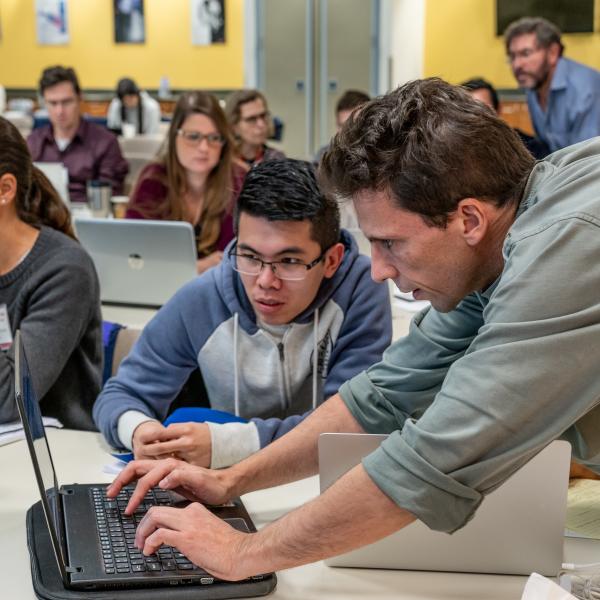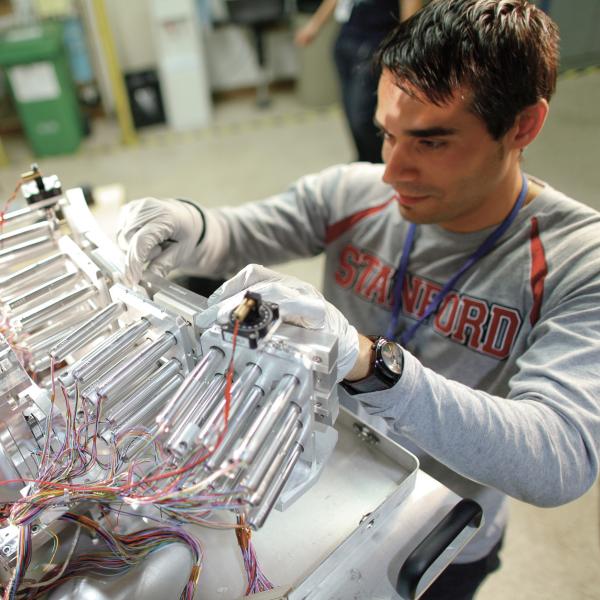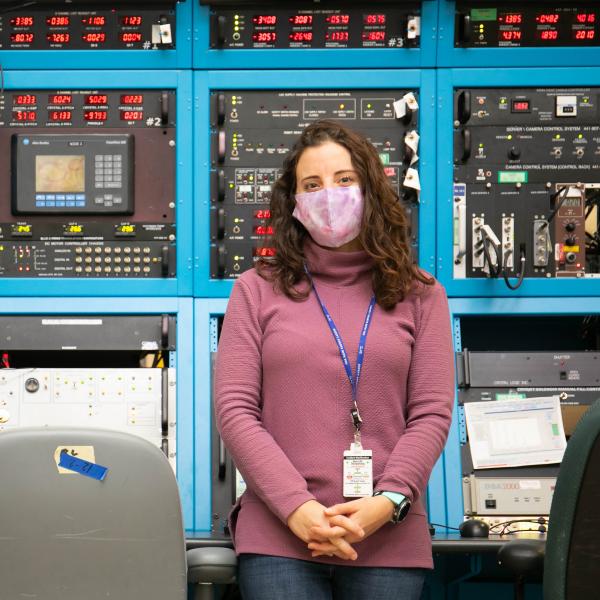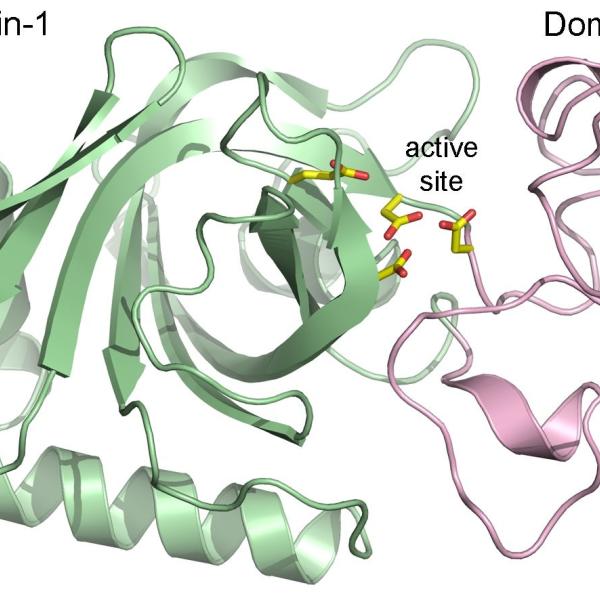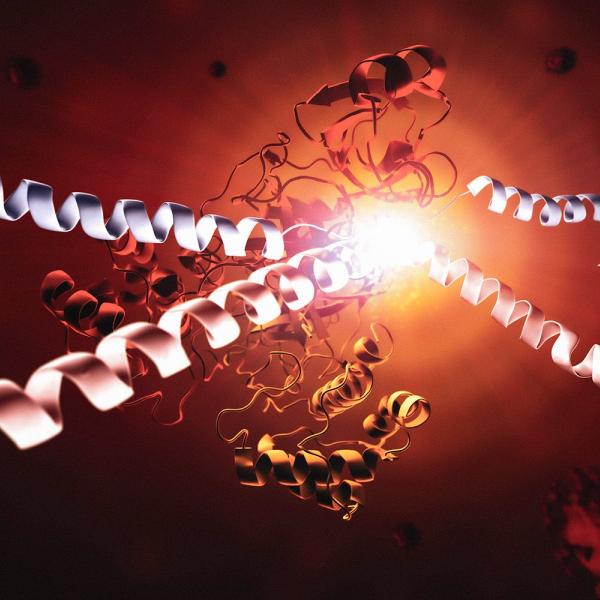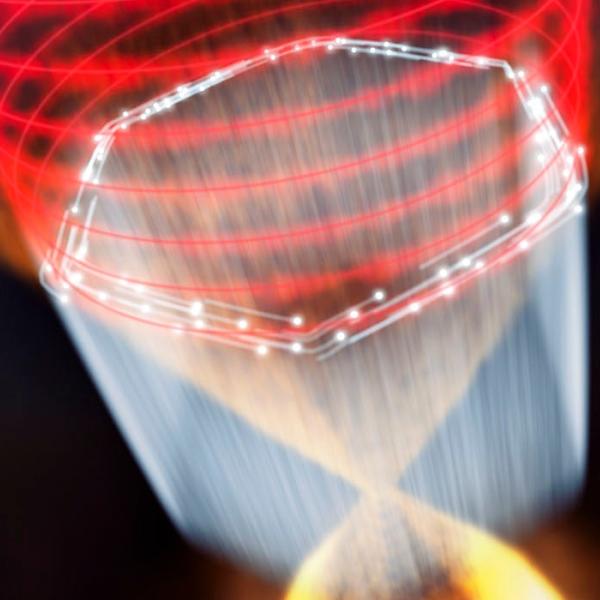Photograph
SSRL’s X-rays uncovered a 6th century translation of a book by the Greek-Roman doctor Galen, allowing the hidden text to be read for the...
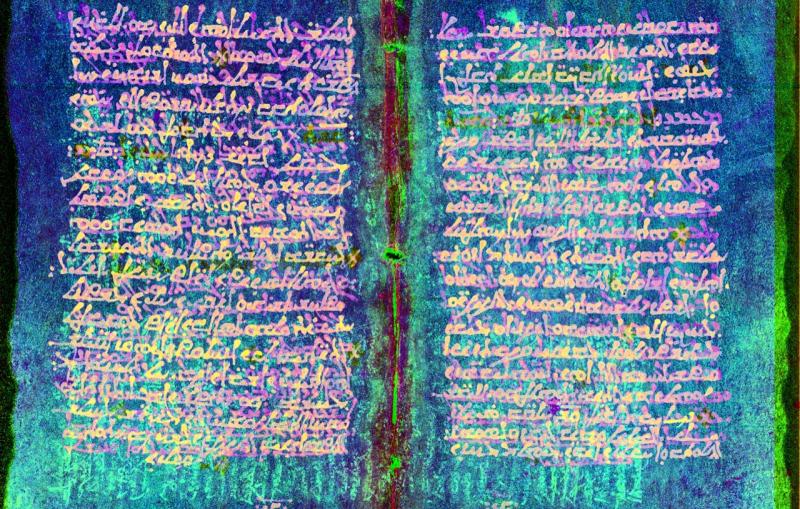

Photograph
Roberto Alonso Mori (right) and Dimosthenis Sokaras work on a spectrometer at SLAC's Stanford Synchrotron Radiation Lightsource.


Photograph
Jeney Wierman stands in the control room of SSRL. She, along with other members of the Structural Molecular Biology team...

Illustration
This image shows the SARS-CoV-2 virus's main protease, Mpro, and two strands of a human protein, called NEMO.
